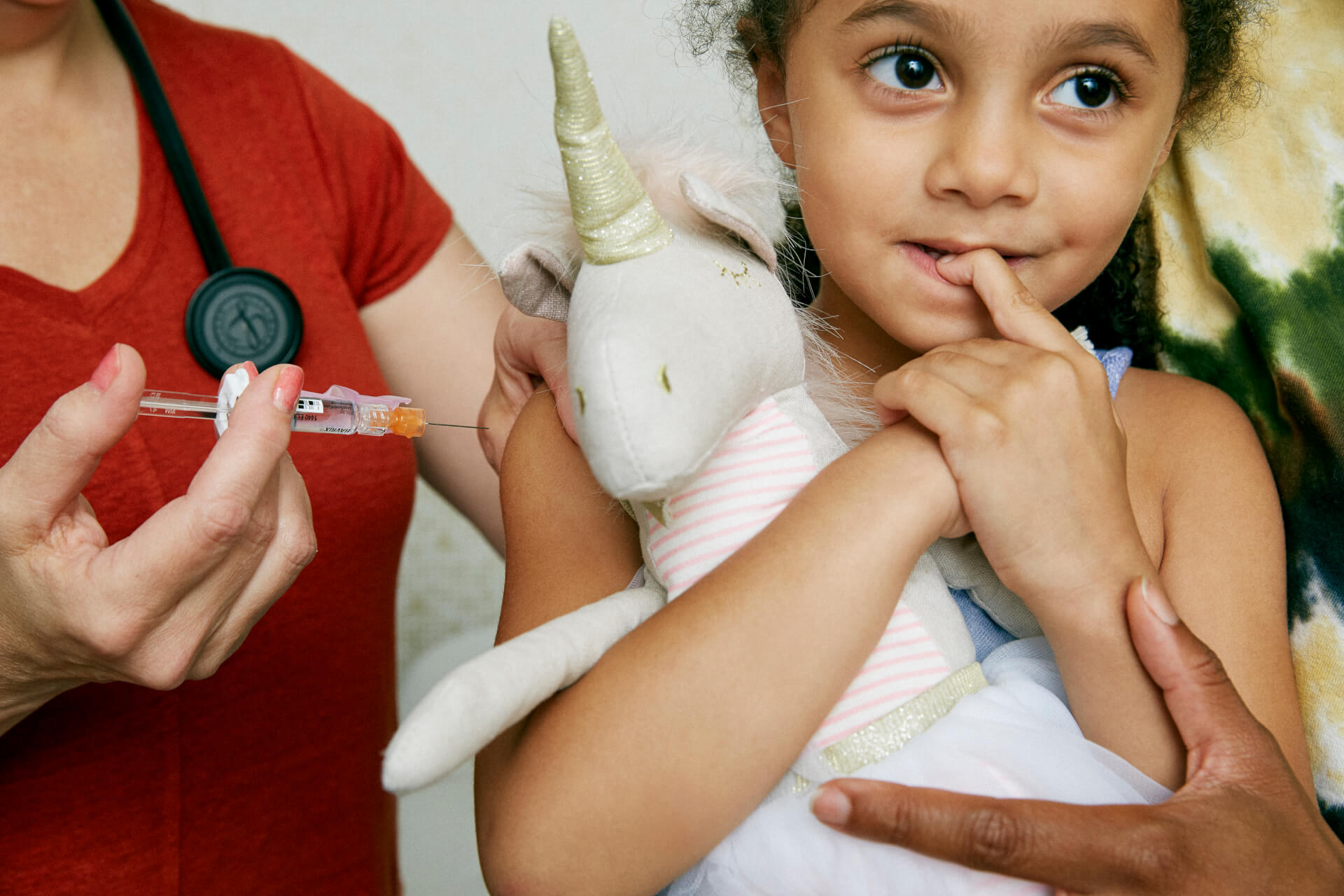Senators Concerned About Vaccine Equity Among 5- to 11-Year-Olds

Senators grilled Maryland Department of Health Secretary Dennis R. Schrader on Monday about the state’s plans for equitable distribution of the COVID-19 vaccine among 5- to 11-year-olds.
Schrader told members of the Senate Vaccine Oversight Workgroup that the Hogan administration believes school-based vaccine clinics are the best way to ensure vaccine equity among the state’s youngest eligible children, “particularly vulnerable children — and we’re encouraging schools to hold clinics,” he said.
“Right out of the gate, we talked to the schools and local health departments and said that we believe that, in order to get equitable distribution, we need to do the vaccinations in schools,” Schrader told Senate President Bill Ferguson (D-Baltimore City).
According to Schrader, nearly 60,000 5- to 11-year-olds have been vaccinated since Gov. Lawrence J. Hogan Jr. (R) announced their eligibility less than two weeks ago
But the health secretary said it’s too soon to parse out racial and socioeconomic disparities among vaccinated and unvaccinated 5- to 11-year-olds. He said that the Department of Health will begin to break down rates among the state’s youngest-eligible population this week.
“Our 5- to 11-year-olds, like all of us, have been at risk of contracting COVID throughout the pandemic and now it’s their turn and our responsibility to ensure parents have the information they need to get their children vaccinated,” Schrader said at the virtual meeting.
Sen. James C. Rosapepe (D-Prince George’s) said he’s concerned about the willingness or ability of some school districts to make sure that vaccines are reaching the state’s lowest-income kids.
“I do think it’s the state’s responsibility … to look at that over the next couple of weeks and say which schools — elementary schools particularly, and middle schools — are they not getting shots at school?” Rosapepe said. “I want to be sure it’s going to the schools with the poor kids, in particular.”
Schrader said that the Department of Health has had multiple meetings with local health departments and the Maryland State Department of Education to track vaccine distribution among individual schools and school systems.
Sen. Clarence K. Lam (D-Howard) asked Schrader how the Department of Health plans to utilize the state’s 90 school-based health centers to reach 5- to 11-year-olds with limited access to health care.
Lam, a public health expert, successfully sponsored a bill during the 2021 legislative session transferring jurisdiction of school-based health centers from the State Department of Education to the Department of Health.
“So now you should have all the tools to be able to empower school-based health centers to be able to help vaccinate kids,” Lam told the health secretary.
Schrader said his agency has been crafting a takeover plan that he expects to continue to evolve over the next several months, but that the transfer of control doesn’t go into effect until July 1, 2022.
“We are right now analyzing the current state of school-based health centers,” he told Lam. “It was being administered mostly as a grant program within MSDE, and as we move it over to the Health Department we’re gonna have a much more operational focus, particularly with Medicaid.”
Schrader was unable to give any specific details about the transition during Monday’s meeting.
Lam also noted that about 23,000 kids have fallen behind on regular school-required vaccinations.
“That’s 23,000 as of last month compared to 62 in 2019,” he said. “So, my concern is that a lot of these kids — because they’ve missed pediatric appointments and other doctor’s appointments — have not been able to stay on top of or get their regular vaccinations for things like measles, mumps and rubella.”
Schrader said that the Department of Health shares Lam’s concern, but called the lag a “perennial problem.”
“The numbers actually aren’t much different this year than they’ve been year over a year for the last many years,” Schrader told Lam.
Lam pushed back against Schrader’s assertion.
“Seems like it’s more than just a perennial problem,” Lam said. “It seems like either you’re saying that there’s a recording lag or that there’s a real problem here.”




 Creative Commons Attribution
Creative Commons Attribution